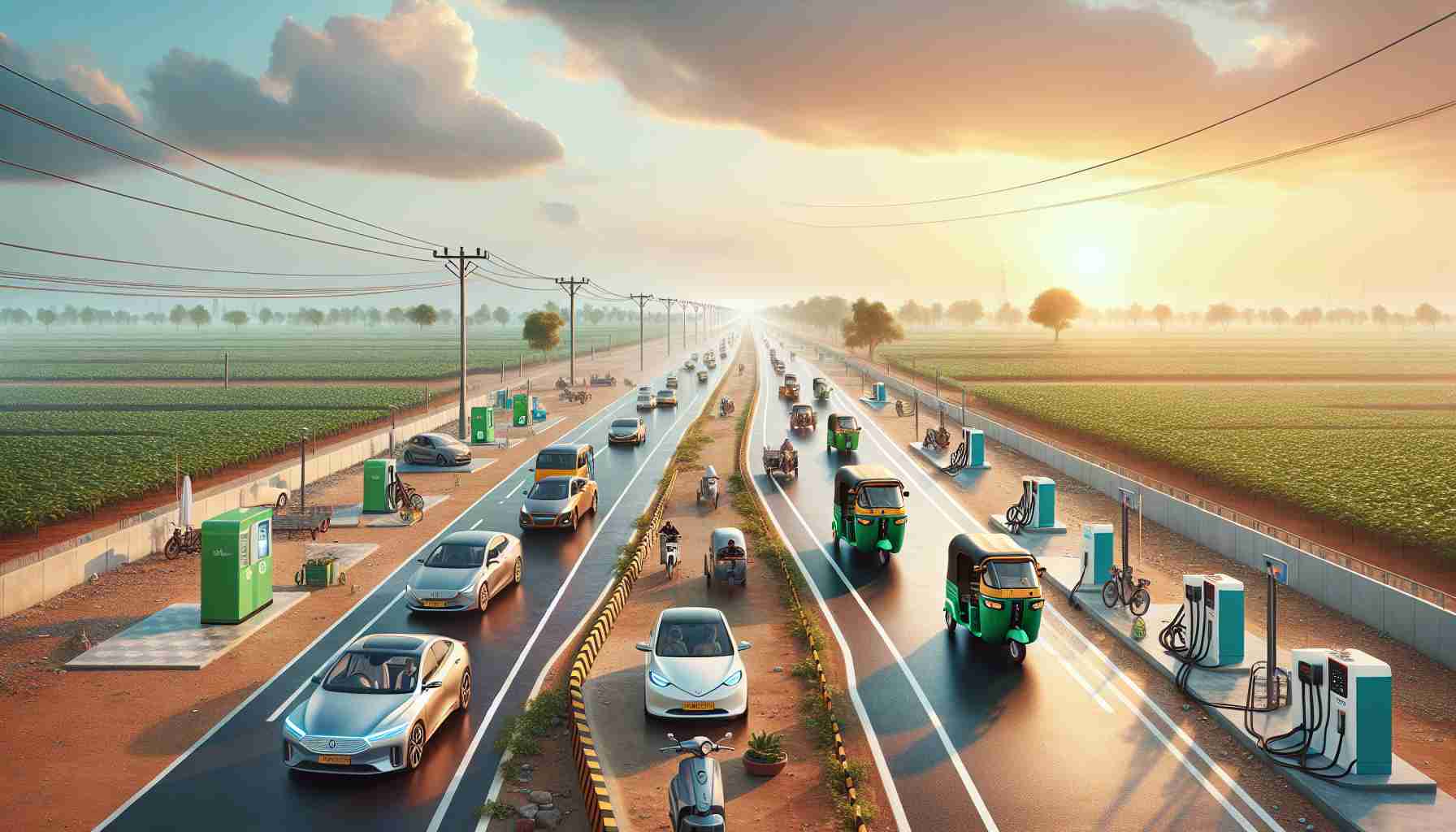- Haryana aims to become India’s top EV hub by enhancing its charging infrastructure and EV adoption policies.
- Current charging station accessibility is inadequate; expansion is essential for satisfying electric vehicle demand.
- Innovation in manufacturing and research can be stimulated by creating special economic zones for EV companies.
- Financial incentives such as low-interest loans and subsidies could broaden EV market accessibility.
- Implementing low-emission zones and updating building codes will promote sustainability and environmental health.
Haryana is revving its engines to become India’s leading electric vehicle (EV) hub, reshaping the future of transportation. With the state’s ambitious EV policy set in motion back in 2022, this journey is picking up speed just as the country unleashes several visionary initiatives aimed at boosting EV adoption.
Imagine a network of charging stations sprawling across bustling cities and interstate highways like veins of energy, electrifying the roads. But here’s the reality: the current setup is sluggish. To truly empower electric car drivers, Haryana must ramp up its charging infrastructure with efficient, standard chargers at key locations—taking a cue from Norway’s successful model, which boasts 30 chargers for every thousand electric vehicles.
Next up is fostering innovation through manufacturing and research initiatives. Haryana’s ideal location and infrastructure can attract global and local EV manufacturers, creating special economic zones (SEZs) that thrive on innovation and job creation.
Financial incentives are paramount too! By mirroring strategies from the U.S. and U.K., Haryana could introduce low-interest loans and purchase subsidies to make EVs accessible to a wider audience—all while cutting road taxes and registration fees.
Finally, harness the power of regulations. Introducing low-emission zones in cities like Gurugram could significantly curb pollution. Updating building codes to ensure new developments are EV-ready is an essential step towards a cleaner future.
By embracing these strategies, Haryana can drive home the need for a cleaner, greener tomorrow, positioning itself as an EV manufacturing powerhouse while enjoying a host of environmental benefits. The path may be ambitious, but the rewards—a healthier planet and thriving economy—are worth the ride!
Haryana’s Electric Vehicle Revolution: Will It Lead the Way?
Haryana is positioning itself to become a frontrunner in India’s electric vehicle (EV) sector, striving to rapidly evolve its transport landscape. The state’s extensive plans are not merely a vision but a combination of policies, infrastructure, and innovation aimed at achieving significant changes in efficiency and sustainability.
Market Forecasts and Trends
As electric vehicle adoption surges, the global market for EVs is expected to grow significantly in the coming years. A recent forecast indicates that the EV market could expand at a compound annual growth rate (CAGR) of 22% from 2023 to 2030. This presents a prime opportunity for Haryana to claim a larger share of the Indian and global EV market.
Innovations in EV Technology
Haryana’s strategic focus on research and innovation can also catalyze advancements in EV technologies. By establishing research hubs and collaborating with academic institutions, the state could lead breakthroughs in battery technology, vehicle design, and sustainable manufacturing processes, much like how Silicon Valley has driven advancements in tech.
Charging Infrastructure Expandability
To support its EV ambitions, Haryana must develop a robust charging network. Currently, India averages only about 5 chargers per 100 kilometers, while Haryana envisions seamless access for EV users, offering at least 25-30 charging stations for every 1,000 electric vehicles. This kind of expansion not only supports current EV ownership but also incentivizes potential buyers hesitant about charging options.
Questions and Answers
Q1: What are the financial incentives Haryana is considering to boost EV sales?
A1: Haryana plans to offer low-interest loans, purchase subsidies, and tax exemptions on road taxes and registration fees to make electric vehicles more financially accessible for consumers. These methods, reminiscent of successful frameworks in the U.S. and U.K., are crucial for fostering a robust EV market.
Q2: How will Haryana’s efforts impact environmental sustainability?
A2: By introducing low-emission zones, improving charging infrastructure, and promoting EV adoption, Haryana aims to reduce carbon emissions significantly. This alignment with cleaner transportation strategies is set to benefit air quality and public health in cities like Gurugram.
Q3: What role does innovation play in Haryana’s EV policy?
A3: Innovation is at the heart of Haryana’s EV strategy. The state plans to create Special Economic Zones (SEZs) to attract global and local manufacturers, focusing on cutting-edge research and development. This could lead to advancements in EV technology and sustainable practices, positioning Haryana as a hub for electric mobility innovation.
For further information on Haryana’s initiatives and the electric vehicle market, you might find these links helpful:
Haryana Government
Invest Haryana
NITI Aayog














